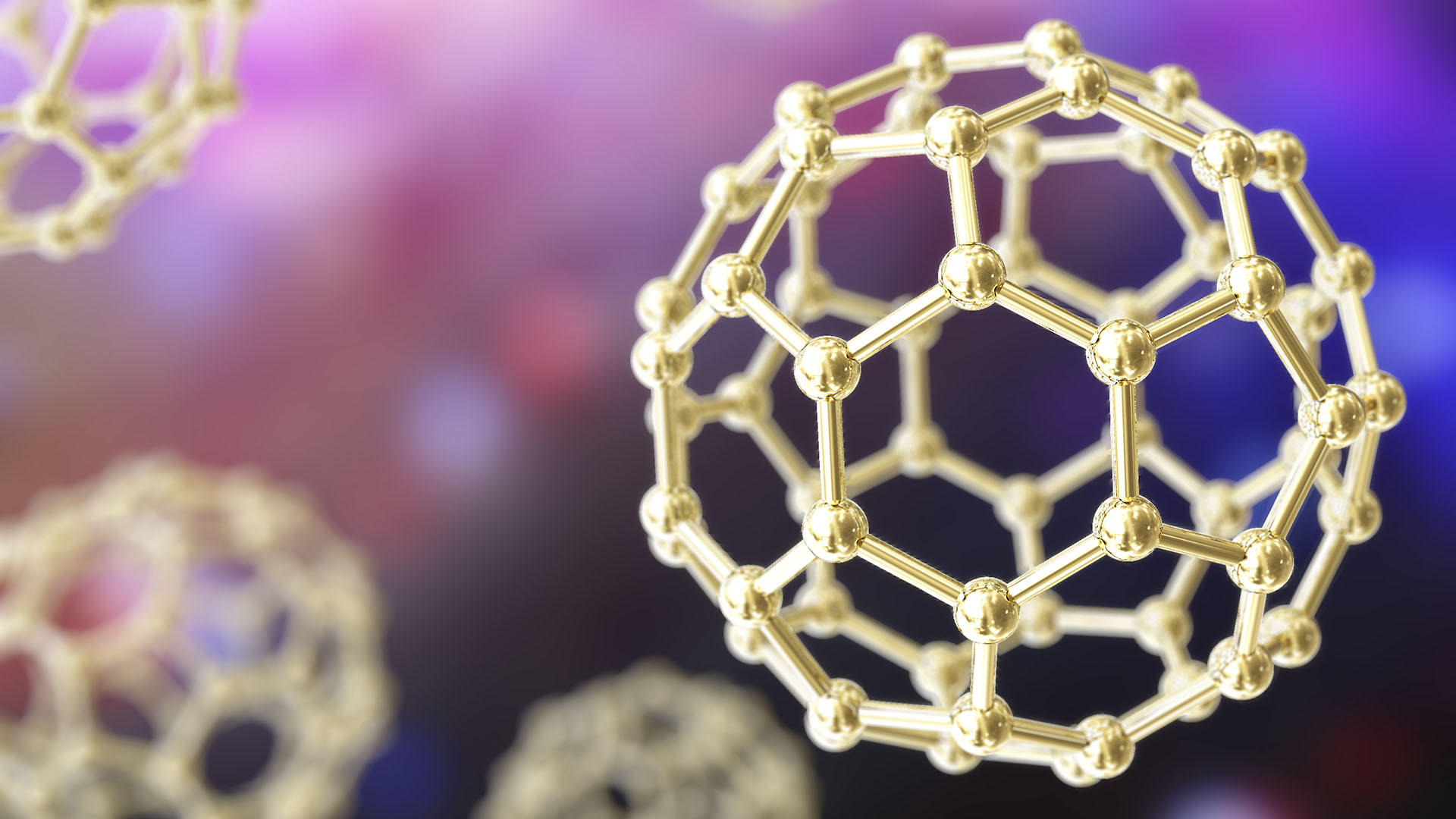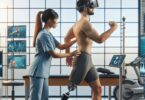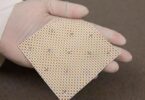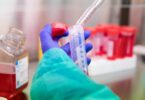[et_pb_section bb_built=”1″][et_pb_row][et_pb_column type=”4_4″][et_pb_text _builder_version=”3.13.1″]
The technique developed by Jaques Dubochet, Joachim Frank and Richard Henderson simplifies the process to observe the building blocks of the structural biology of a molecule.
The electronic cryomicroscopy is used to freeze molecules while retaining their original form and allows to better understand the functioning of cells, create remedies and to combat certain diseases. This system is of great importance because its practical use is of great impact in medicine, as for example when using the electronic cryomicroscopy to take images of the needles of Salmonella to attack the cells, of the proteins involved in the resistance to the antibiotics and in the molecular structures that govern the circadian rhythm.
The electronic cryomicroscopy is a form of electronic microscopy in which the sample is studied at cryogenic temperatures, thus avoiding the generation of artifacts. This technique has been possible with the contribution of each of the researchers that make up the trio: Frank was the one who made the technology easier to apply in a general framework, processing the material so that the blurry two-dimensional images became visible 3D structures. Dubochet managed to cool the water very quickly so that it solidified around the biological sample and Henderson managed to present the structure of a bacterial molecule at an atomic resolution.
These and other innovations are now possible in Pharmamedic.
[/et_pb_text][/et_pb_column][/et_pb_row][/et_pb_section]









